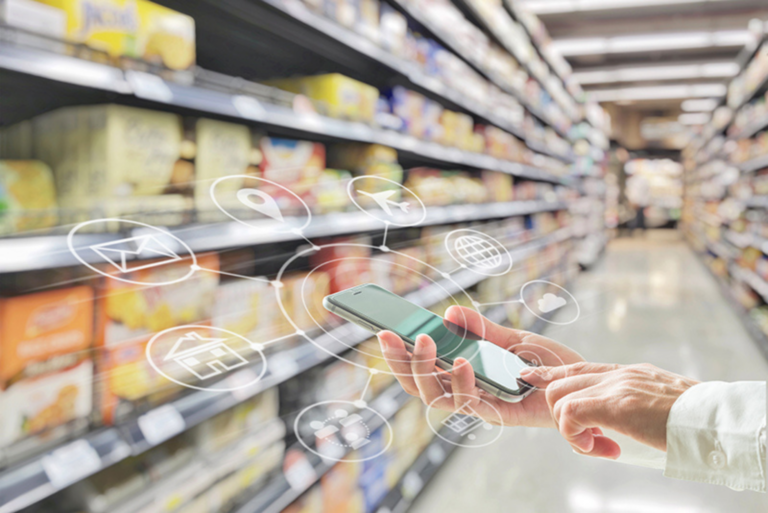CHICAGO — Circana, formerly IRI and The NPD Group, released its April Consumer Price Index (CPI), which revealed that while inflation rose 4.9% less than a year ago, food prices increased 7.7% between April 2022 and April 2023. Adding to the impact of high food prices are other economic factors such as increased consumer credit debt, depletion of pandemic-era savings and cutbacks on pandemic-related government credit and subsidies.










